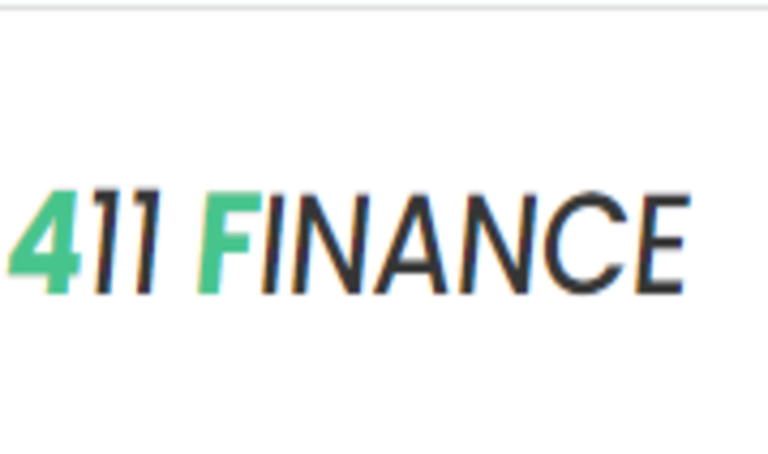Acquisition Sealed: Blue Apron Bought by Wonder Group for $103 Million
Blue Apron announced on Friday that it has agreed to sell itself for $103 million to food and restaurant company Wonder Group, founded by entrepreneur Marc Loron.
At $13 per share, the transaction represents a substantial premium over Blue Apron’s Thursday closing price of $5.49 per share.
The sale concludes years of ups and downs for Blue Apron, once the market leader in meal delivery service. In recent months, the company has transitioned into a business with fewer assets, selling its operational infrastructure to the California-based meal provider FreshRealm for $50 million and laying off a significant portion of its workforce.
Blue Apron CEO Linda Findley said in a statement on Friday, “The Blue Apron brand and products that our customers know and love will remain the same, with more opportunities for product expansion in the future.”
Since its mid-2010s zenith, Blue Apron has been embroiled in strategic difficulties for some time.
The company was founded in 2012 and markets itself as a simpler method to cook at home. Boxes containing pre-portioned ingredients and recipes were delivered to the customer’s doorstep. The company targets working professionals in large cities who may have less time to shop and cook.
The Wall Street Journal reported in 2015 that the company secured $135 million in funding from prominent investors, including Fidelity Investments, at a valuation of $2 billion. Even during the first two quarters of 2016, the company turned a profit, impressing potential investors ahead of an eventual IPO.
In June 2017, Blue Apron went public at $10 per share and a valuation of approximately $1.89 billion. The company initially estimated a range of $15 to $17 per share, but after Amazon’s acquisition of Whole Foods Market, which was announced just weeks before the IPO, it lowered its projected per-share price.
Blue Apron stock gained little ground on its first day of trading.
The meal packet industry had already begun to turn by that time. Blue Apron reported a first-quarter 2017 loss of $52 million on $245 million in revenue. This quarter’s losses were comparable to the company’s $54.9 million deficit for the entire year of 2016.
As other meal kit companies, such as HelloFresh and Home Chef, entered the market, Blue Apron’s competition intensified. Blue Apron still dominated 40.3% of the market, Verge reported at the time, but had lost 17% of its share since September 2016. HelloFresh trailed with a market share of 28%.
A number of changes took place among the company’s senior executives shortly after the IPO. Matthew Wadiak, co-founder and then-chief operating officer, resigned less than a month after the IPO, and CEO Matt Salzberg was replaced by chief financial officer Brad Dickerson later that year, while Salzberg assumed the role of executive chairman.
By the end of 2017, the outlook was grim. In its 2017 year-end report, the company stated that it had lost 15% of its consumer base due to decreased marketing expenditures. In 2017, net losses totaled $210 million.
By December of the following year, Blue Apron’s share price had fallen below $1, and the company was in danger of being delisted from the New York Stock Exchange. Amazon’s acquisition of Whole Foods, high marketing expenses, and fulfillment center issues reportedly alarmed investors.
Early in 2020, it was reported that Blue Apron was contemplating going private.
Soon after, the company announced the closure of its Arlington, Texas, facility and the layoff of 240 employees as part of an effort to develop “operational optimization and fiscal discipline to support our strategy and return to growth.”
During the fourth quarter 2019 earnings call, CEO Linda Findley acknowledged that the board was evaluating several strategic options to “maximize shareholder value.” Even after a reverse stock split to increase the per-share price, shares of Blue Apron traded for less than $4 each at the time.
But shortly thereafter, the COVID pandemic took hold, and lockdowns kept people at home, infusing new life into the company. From mid-March to mid-April of 2020, Blue Apron’s stock appreciated by 400%, reaching a high point at mid-April.
Blue Apron sought out third-party partnerships to acquire new consumers as the pandemic subsided and demand for at-home meals declined. It began selling meal kits on Walmart.com and expanded its Amazon partnership to include customers without a Prime membership.
In spite of this, the company continued to struggle in 2022, reporting a net loss of $109.7 million.
In May of 2021, the corporation began to make ripples by operating a fleet of anonymous vans in Westfield, New Jersey. Wonder’s mission was to provide upscale culinary options to New York City suburb residents. For cooking and delivering meals to customers, vans were retrofitted as kitchens.
In an effort to save affluent suburbanites from traveling into the city for their favored fine dining options, the company collaborated with restaurants to recreate their menus.
By 2023, Wonder had abandoned the food truck concept in favor of a food hall restaurant offering multiple menus within a single store. Similar to the concept of food trucks, Wonder has licensing agreements with well-known restaurants to prepare their cuisine at Wonder locations.
According to the Wall Street Journal, Wonder raised $350 million at a $3.5 billion valuation last year.
Wonder has indicated that Blue Apron will continue to operate similarly for the time being.
“Wonder plans to continue Blue Apron’s current operations serving customers nationwide under the Blue Apron brand, with expected new synergies between consumer-facing apps and delivery logistics,” Blue Apron said Friday.
The CEO of Wonder, Marc Lore, stated on Friday that at-home meals play a significant role in this vision. When the opportunity arose to join forces with Blue Apron, an industry pioneer in meal kits, we knew it would strengthen our strategic position.
Also Read:







